- Category
- War in Ukraine
Germany's Taurus Missile, a Game-Changer for Ukraine?
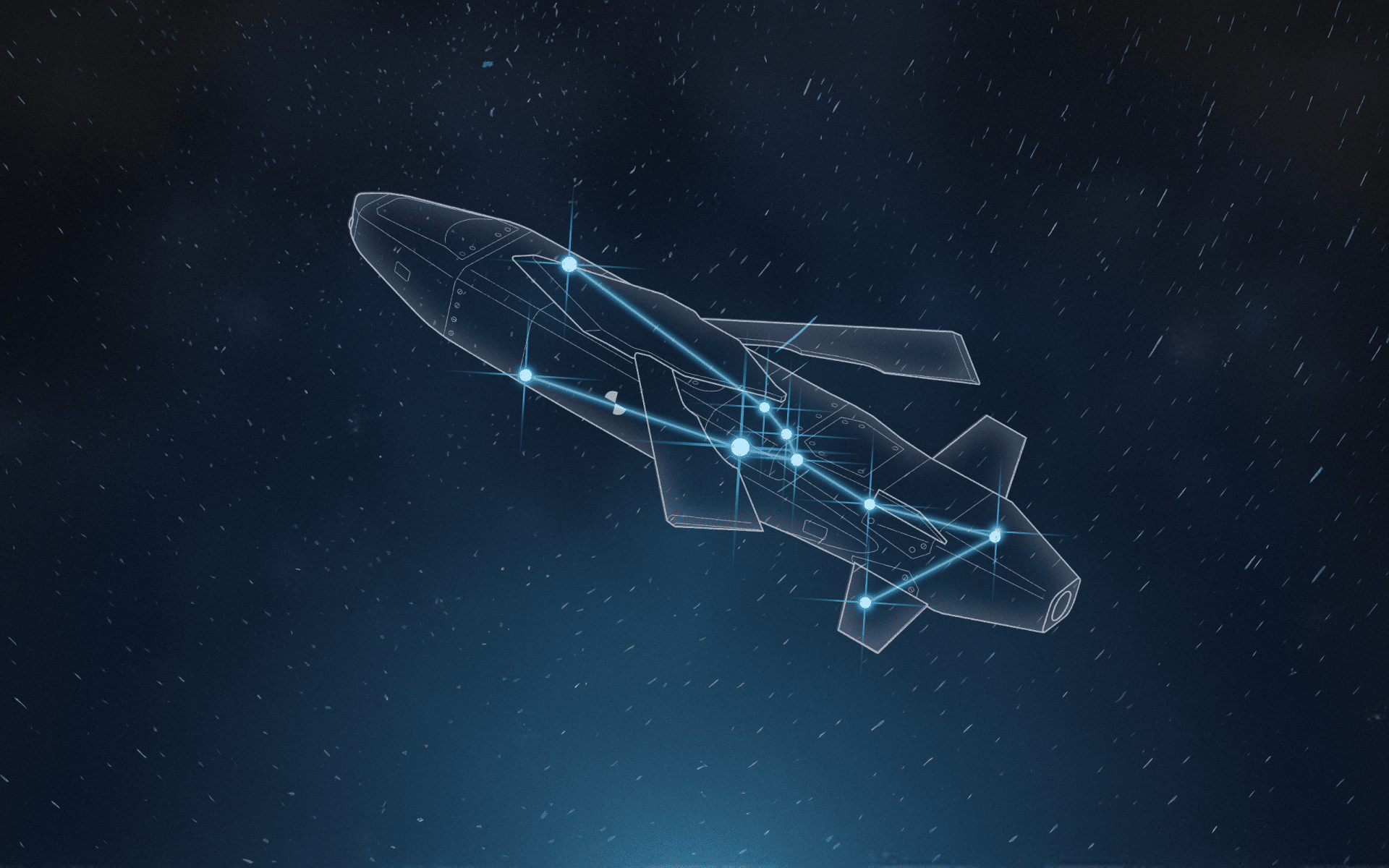
Germany's infamous long-range “Taurus” missile is one of the most debated Western weapons for Ukraine. The Kremlin arguably fears the stealthy hard-to-detect missile, so how would the Taurus be a game changer for Ukraine?
“If (Putin) does not stop bombing civilians in Ukraine…then Germany must send “Taurus” missiles to destroy the supply routes this regime is using to harm Ukraine’s civilian population," Germany's main opposition leader and candidate for chancellor Friedrich Merz said during his speech in the Bundestag on 16 October 2024.
"This cannot continue. If Putin does not stop bombing civilians in Ukraine within 24 hours, then Germany must send Taurus missiles to destroy the supply routes this regime is using to harm Ukraine’s civilian population!"
— Anton Gerashchenko (@Gerashchenko_en) October 17, 2024
Germany's opposition leader Friedrich Merz, calls for a… pic.twitter.com/QiwiGigPsi
The “Taurus” missile would be Ukraine’s farthest-reaching Western-supplied missile yet. Its 500km range would prove highly effective against striking key Russian military targets, command posts, the strategic Kerch bridge that links to Crimea, and much more.
Taurus - the bull constellation. Taurus is one of the oldest identified constellations known to man. To many ancient civilizations, the bull represented love, war, and strength.
Oxford Dictionary
Supplying the “Taurus” would be a huge game-changer for Ukraine and would target Russia head-on. At first glance, the Taurus seems fairly similar to the British “Storm Shadow”, already in Ukraine’s arsenal. However, to the untrained eye, it has a sophisticated secret, making it Ukraine’s most wanted.
The “Taurus” missile continues to be one of Ukraine’s leading asks when discussing the delivery of military aid with partners. Perhaps this is because they are considered one of the most modern weapon systems used by the German military.
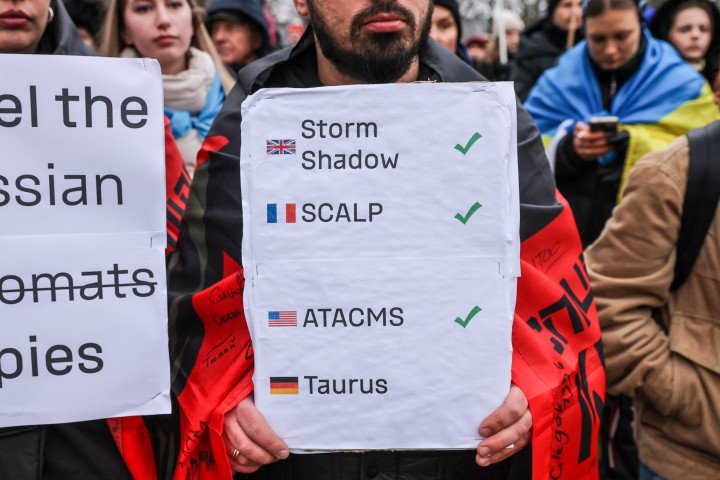
The German chancellor, Olaf Scholz, has so far refused to send Ukraine the “Taurus” due to concerns that it could bring Germany into confrontation with Russia. Experts, as well as Western and German politicians alike, continue to urge Scholz to deliver the “Taurus”.
It seems that the Kremlin fears the stealthy hard-to-detect missile, as Putin persists in threatening the West with repeatedly redrawn red lines to deter its delivery to Ukraine. Thus far, Russia’s threats have worked to dissuade Scholz, but experts highlight that the Kremlin’s threats are becoming weaker, strengthening Ukraine's arguments for its delivery.
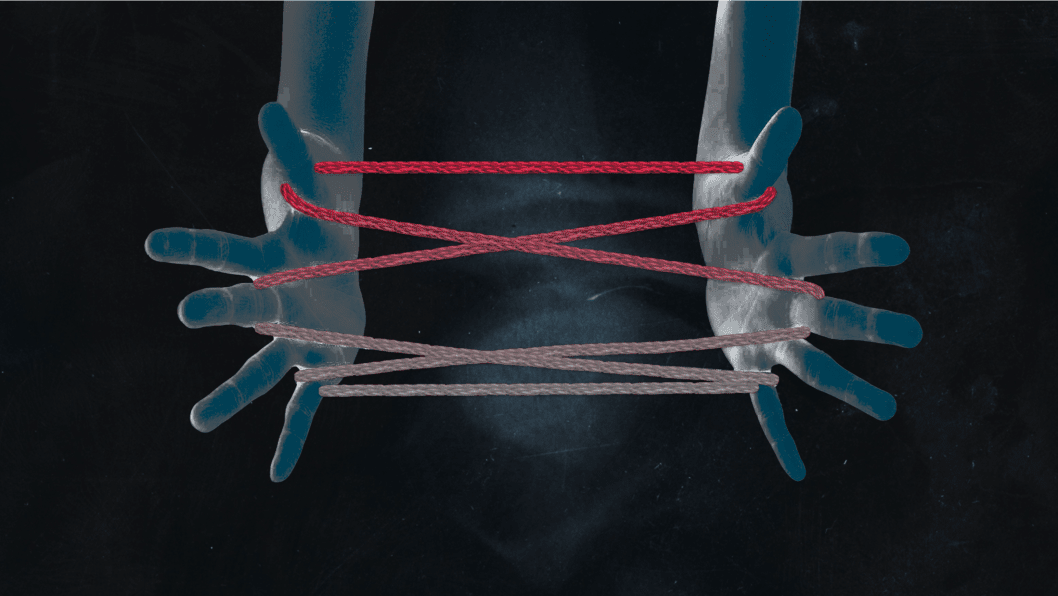
What is the Taurus missile, and how does it compare to other Western missiles?
“Taurus KEPD 350” is a German-Swedish cruise missile fired from fighter jets with a maximum range of 500 km. It can travel at a maximum speed of around 1,170 km per hour—almost as fast as the speed of sound—and at an altitude of only 35 meters, making it very difficult for radar systems to detect.
The “Taurus” missile would penetrate further behind enemy lines than any long-range Western missile currently in Ukraine’s arsenal—enhancing Ukraine’s ability to deter attacks and respond effectively to numerous threats. This would give Ukraine a significant advantage in precision targeting and operational flexibility.
Ukraine has received numerous long-range British “Storm Shadow” missiles with a striking range of 250km, long with a “significant number” of longer-range U.S. “Army Tactical Missile System” (ATACMS) with a 300km striking range.
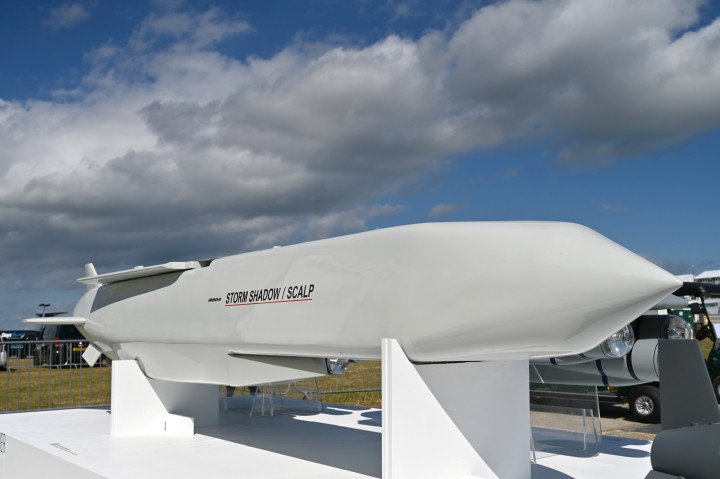
At first glance, the “Taurus” and “Storm Shadow” seem very similar. They are roughly the same weight (around 1300 kg) and length (around 5 meters) with roughly the same size warhead. But what makes the “Taurus” stand out from the rest is its Mephisto intelligent warhead system, which is equipped with a “void sensing and layer counting” fuze called a Programmable Intelligent Multi-Purpose Fuze (PIMPF).
This warhead system can penetrate multiple layers of material, programmed to create maximum damage by detonating at the optimal target within those layers while striking structures, such as bridges.
The “Storm Shadow” has a more generic warhead with a Multi-Application Fuze Initiation System (MAFIS). The detonation and impact of the warhead are set by hand, which creates difficulties when penetrating more complex structures.
“The problem with this fuze design (MAFIS) is that you need to estimate the delay correctly. For example, if I overestimate the time it will take the follow-through bomb to penetrate the layer(s), it will explode too late. If I underestimate the time, it will explode too early,” wrote Fabian Hoffman a missile technology doctoral research fellow at the University of Oslo on X.
He followed by stating that the fuze in the “Taurus” “counts the layers and void spaces the follow-through bomb penetrates to ignite the payload at exactly the right moment. By measuring the speed of deceleration, PIMPF can also recognize different types of layers (concrete, rock, soil, etc.)”
Here is a long thread about conventional missile fuzes. It explains why Taurus offers a qualitative edge over Storm Shadow/SCALP-EG when engaging certain targets, and why it’s one of the most advanced conventional weapons currently in the arsenals of Western states. 👇🧵1/21 pic.twitter.com/Bd8BEkPbT8
— Fabian Hoffmann (@FRHoffmann1) August 13, 2023
Penetrating Russia’s key bridges
Therefore, Hoffman concludes, that the “Taurus” could not only damage the deck of a bridge, but its foundations too. Crucial bridges for Russian forces such as the Kerch Bridge—a major logistical supply route to Crimea—would be in an “even more precarious spot.”
Ukraine is already successfully using long-range missiles and other weaponry provided by its Western allies. Striking Russian military targets with precision in Crimea and other occupied areas inside Ukraine.
The Kerch bridge has already been struck by Kyiv. Though the strikes undoubtedly caused logistical chaos for Russian forces, they weren’t enough to cause permanent damage to its foundations.
During a call between German officers made in early 2024, leaked by the Kremlin, they discussed targeting the Kerch bridge with the “Taurus” explaining that it would “penetrate” its structure.
Targeting bridges is a key strategy for Ukraine. They have struck three bridges in the Kursk region during their recent incursion which again, causes severe complications for Russian forces for logistics, but also in their counter-attack operations.
The “Taurus” missile, with its advanced and technical warhead, would leave lasting structural damage on all of its targets.
⚡️The Kerch Bridge is covered in thick smoke. For the second time in a day, an air raid alarm has been sounded in occupied Sevastopol.
— UNITED24 Media (@United24media) November 1, 2023
Reportedly, the Russian occupants are trying to prevent UAV attacks in this way. pic.twitter.com/URDIKtKnjU
Eliminating Russia’s key military objects
Since Ukraine began receiving “ATACMS” missiles, Russia has relocated 90% of its aircraft to military bases outside the missile's striking range, a US intelligence assessment revealed. Since the aviation relocation, the Institute for the Study Of War (ISW) reported that there has been a reduction in Russian aviation activity.
ISW also reported that there are 233 military objects still within range. These include “large military bases, communications stations, logistics centers, repair facilities, fuel depots, ammunition warehouses, and permanent headquarters” that would be “extremely difficult or impossible to quickly redeploy to the same degree as aviation assets”.
These assets support Russian command and control, intelligence, reconnaissance, logistical, and repair support for Russian forces fighting across the frontlines in Ukraine and in the Kursk region.
Lifting the restrictions on the use of long-range weapons on Russian territory, along with providing Ukraine with the “Taurus” missile would allow Ukraine to make key precision strikes on these targets, severely impacting Russia’s abilities on the frontlines.
⚡️ Zelenskyy: "If they attacked us, and killed our children in the hospital, that is a crazy question why we can't answer and attack this person, this millitary base where from these guided bombs from jets, or missiles came, targeted us, killed our children."
— UNITED24 Media (@United24media) July 11, 2024
📹: NATO News pic.twitter.com/SykZO7LpmZ
Should the “Taurus” threat prompt Russia to move all of its military assets deeper into the rear, out of striking range, this would still severely affect Russia’s combat effectiveness. Even now, their aviation is more technically exposed.
Though Russian air fleets—while stationary at their base—are less vulnerable, their resources are further stretched. Mid-air refuelling, maximum payloads and loiter time over the battlefield have all been negatively affected.
Military assets further stretched, deeper into Russia’s rear, would be highly disruptive for Russian forces and no doubt hugely impact their persistent attacks against Ukraine.
“The heightened risk of attack over a larger area would force Russian defenses to be spread more thinly, necessitate the dispersion of logistics chains into smaller locations and packets for movement, and increase the time that Russian aircraft take for combat sorties,” Justin Crump, CEO of risk intelligence company Sibylline and former British army officer told Al Jazeera.
Last night, Security Service of Ukraine sea and air drones attacked a russian coast guard base on Lake Donuzlav in Crimea. The control center, ammunition and equipment depot, power substation, technical facilities and enemy firing positions were hit as a result of the attack.… pic.twitter.com/G6ilHlvuvH
— UNITED24 (@U24_gov_ua) July 18, 2024
Ukraine is also focusing on strengthening their air superiority this year. The “Taurus” missile would force the Kremlin to take greater risks during their air attack, and aviation are a priceless asset that it can’t afford to lose.
Zelenskyy in his recent Victory Plan prioritizes lifting restrictions on the use of long-range weapons. Like the US, the UK has also provided mixed messaging on whether it will allow Ukraine to use its long-range “Storm Shadow” missiles to strike on Russian territory.
Another key argument for a “Taurus” delivery is that, according to experts, Germany has 600 “Taurus” missiles - plenty to make a considerable impact against Russian aggression.
While NATO countries still deliberate over the use of Western-supplied long-range missiles against Russian targets, Ukraine has been accelerating the production and development of their own long-range missiles.
These Ukrainian missiles, along with the use of long-range missiles to strike inside Russian territory, especially the far-ranging “Taurus”, would undoubtedly make a huge impact and be a game-changer for Ukraine.
Though there is no confirmation on delivery just yet, as with other Western arsenals, things could change, and the “Taurus” could be seen eliminating Russian targets on Russian soil in the future.
-46f6afa2f66d31ff3df8ea1a8f5524ec.jpg)
-531fe8d92c87f1630d3f1a2503c33089.png)

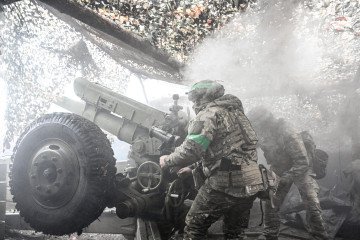
-29a1a43aba23f9bb779a1ac8b98d2121.jpeg)
-886b3bf9b784dd9e80ce2881d3289ad8.png)


-f88628fa403b11af0b72ec7b062ce954.jpeg)